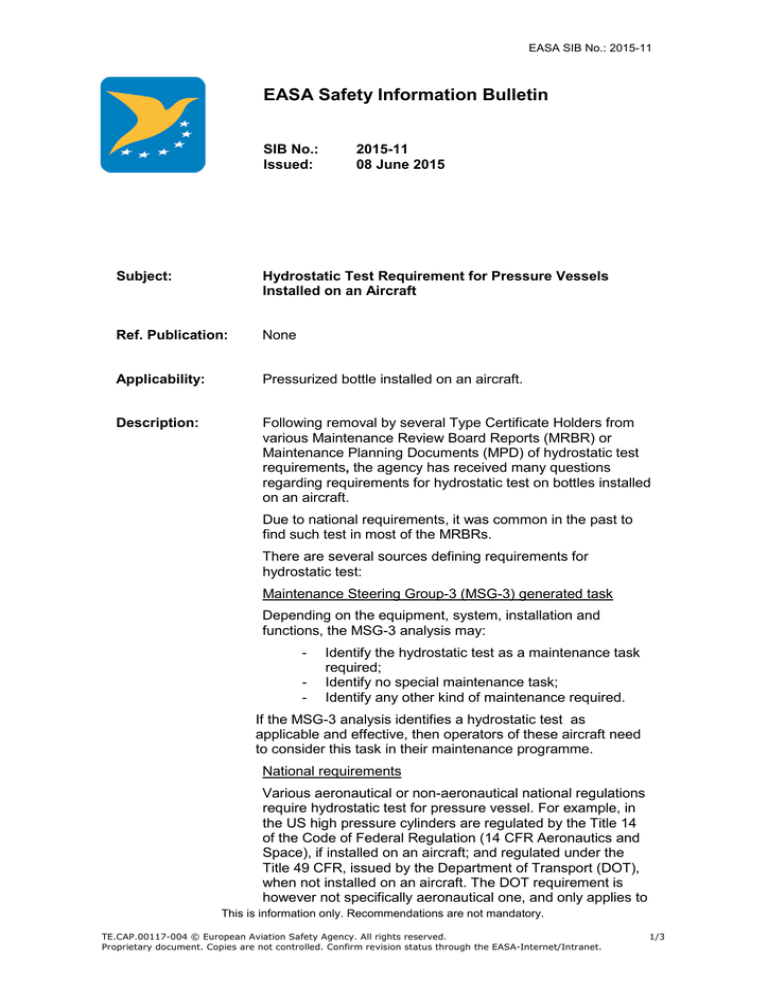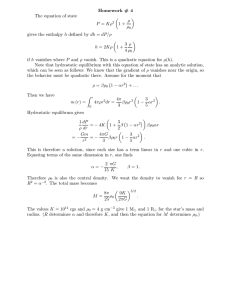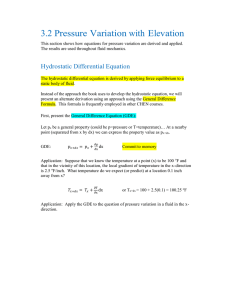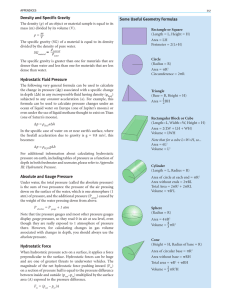
EASA SIB No.: 2015-11
EASA Safety Information Bulletin
SIB No.:
Issued:
2015-11
08 June 2015
Subject:
Hydrostatic Test Requirement for Pressure Vessels
Installed on an Aircraft
Ref. Publication:
None
Applicability:
Pressurized bottle installed on an aircraft.
Description:
Following removal by several Type Certificate Holders from
various Maintenance Review Board Reports (MRBR) or
Maintenance Planning Documents (MPD) of hydrostatic test
requirements, the agency has received many questions
regarding requirements for hydrostatic test on bottles installed
on an aircraft.
Due to national requirements, it was common in the past to
find such test in most of the MRBRs.
There are several sources defining requirements for
hydrostatic test:
Maintenance Steering Group-3 (MSG-3) generated task
Depending on the equipment, system, installation and
functions, the MSG-3 analysis may:
-
Identify the hydrostatic test as a maintenance task
required;
Identify no special maintenance task;
Identify any other kind of maintenance required.
If the MSG-3 analysis identifies a hydrostatic test as
applicable and effective, then operators of these aircraft need
to consider this task in their maintenance programme.
National requirements
Various aeronautical or non-aeronautical national regulations
require hydrostatic test for pressure vessel. For example, in
the US high pressure cylinders are regulated by the Title 14
of the Code of Federal Regulation (14 CFR Aeronautics and
Space), if installed on an aircraft; and regulated under the
Title 49 CFR, issued by the Department of Transport (DOT),
when not installed on an aircraft. The DOT requirement is
however not specifically aeronautical one, and only applies to
This is information only. Recommendations are not mandatory.
TE.CAP.00117-004 © European Aviation Safety Agency. All rights reserved.
Proprietary document. Copies are not controlled. Confirm revision status through the EASA-Internet/Intranet.
1/3
EASA SIB No.: 2015-11
operators under the concerned jurisdiction. Therefore, it may
not be considered in a MRBR or a non-customized MPD,
which are applicable to the world fleet independently of any
jurisdiction.
Vendors / Equipment manufacturer recommendations
In addition, vendors of these bottles may publish maintenance
recommendations applicable to their equipment. These
recommendations may include a periodic hydrostatic tests,
however they usually do not consider the specific installation
on an aircraft, nor are issued basing on the MSG-3 analysis.
They may have other considerations, such as warranties and
limitation of liability aspects.
It has also to be highlighted that even, if the hydrostatic test is
defined through the MSG-3 analysis, as well as required by
the national jurisdiction, and/or through a vendor
recommendation, the interval may differ from one source to
the other.
It is therefore very important to consider the source of
hydrostatic test requirements.
When the hydrostatic test is identified by the MSG-3 analysis,
then the task is applicable to all aircraft using the MRBR, and
must be included in the aircraft operator maintenance
programme. When the hydrostatic test is coming from the
national regulations, then it is only applicable to the aircraft or
operator under the concerned jurisdiction. If the hydrostatic
test is issued by the vendors as a recommendation (CMM, SB
, etc.), then this task has to be considered by the operator
following procedures acceptable to its competent authority.
Usually, the MRBR which represents the minimum initial
maintenance requirements should only include the hydrostatic
test task, when arising from the MSG-3 analysis and therefore
is applicable to all aircraft.
Recommendation(s): When considering hydrostatic test requirements for bottles,
the agency recommends that owners, operators and
maintenance organisations identify the exact source of the
task. Depending on the source of the task, the following
approach can be taken:
1. If the source is the MSG-3 analysis, then the task is
applicable to all aircraft, independently of any national
requirements or vendors recommendations.
2. If the source is a national regulation, then the task is only
applicable to aircraft or operator under the concerned
jurisdiction. It has to be noticed that such a requirement is not
necessarily an aeronautical one. Therefore it may not be
mentioned in the aircraft manufacturer documentation . It is
therefore highly recommended for each operator, to check
any national requirement, which may exist from various
sources for this equipment and their applicability.
This is information only. Recommendations are not mandatory.
TE.CAP.00117-004 © European Aviation Safety Agency. All rights reserved.
Proprietary document. Copies are not controlled. Confirm revision status through the EASA-Internet/Intranet.
2/3
EASA SIB No.: 2015-11
3. If the source is a vendor recommendation, then the task
should be considered as per operator’s procedures
acceptable to its competent authority.
Note: Today there is no EU equivalent to the US FAA Flight
Standards Information Management System (FSIMS) 8900.1,
Vol3, Ch57, Sec 1, or local regulatory authority. Today no EU
requirement exists related to hydrostatic test, similar to the
DOT requirement.
Contact(s):
For further information contact the Safety Information Section,
Certification Directorate, EASA. E-mail:
ADs@easa.europa.eu.
This is information only. Recommendations are not mandatory.
TE.CAP.00117-004 © European Aviation Safety Agency. All rights reserved.
Proprietary document. Copies are not controlled. Confirm revision status through the EASA-Internet/Intranet.
3/3






